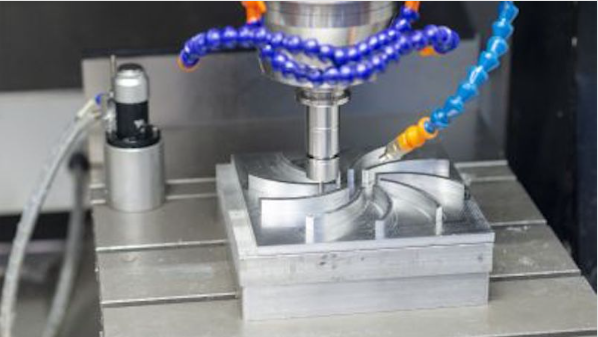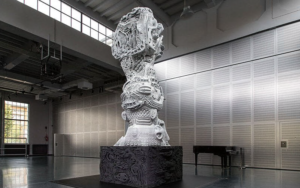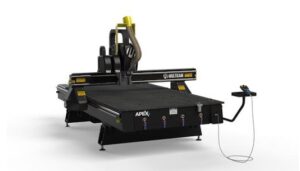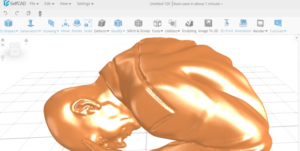What advantages does CNC machining have in robotics?
CNC machining has been around for decades, but its application in robotics is relatively new. The capacity to make very precise robot parts in a short period of time is the primary advantage of CNC machining in robotics.

This is crucial for two reasons: first, it enables for the construction of pieces that properly fit together, which is critical for the proper functioning of a robot; and second, it ensures that each robot is identical to the last, which is important for mass manufacturing.
Another advantage is material compatibility. Strong and durable materials may be required for robot parts, and CNC machines can work with a wide range of metals and polymers.
Robotic parts must frequently be strong, tough, and lightweight. Aluminium, for example, has great properties for this. It is relatively simple to machine in a CNC machining process. Similarly, POM (formerly known as Delrin) is frequently used for robotic parts due to its low friction, high rigidity, and outstanding dimensional stability. Because it is a low-cost plastic, it is also incredibly cost-effective.
Another advantage of CNC machining is the ability to produce complicated shapes that would be difficult or impossible to produce using traditional technologies. This provides for greater design flexibility and offers up new possibilities for what robots can perform.
Finally, because CNC machining is relatively fast and efficient, robots can be manufactured faster and at a cheaper cost than other technologies. CNC machining will produce parts for your custom-built robot more quickly than other technologies.
You only need a 3D model, and CNC machining will create all of the characteristics you need for your custom-built robot to function quickly.


